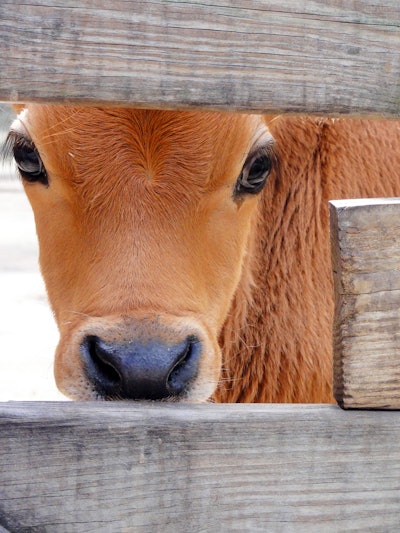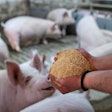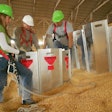
Recently while having lunch with a few of my Feed & Grain colleagues, a heated discussion arose about an article published in the Washington Post called, “This is the Future of Meat.” The story delved into the science behind “schmeat” — lab-grown meat made of animal muscle stem cells — and the possibility of a world without livestock.
Researchers at Maastricht University in the Netherlands have been testing and developing this protein alternative since 2011, and it gained notoriety when UK-based food critics took an on-air taste test for BBC. The results? None of the critics loved the hamburger patty style meat. While all of them agreed the texture was not as off-putting as they’d expected, it was lacking flavor and fat — the two most important components of any burger I eat.
Despite my personal feelings on schmeat, the science behind its creation is fascinating. It starts by carefully extracting muscle cells from a cow, which immediately begin multiplying. By the time there are tens of thousands of cells, they naturally start merging and arranging themselves into tubes, which get placed around a gel hub in the center of a dish. After millions of cells are replicated and layers of cell tubes are stacked on top of each other — Viola, “beef” is served.
But the article’s anti-animal agriculture sentiment struck a nerve with me and most of the people at our table, especially those who are directly involved with raising livestock, or had at some point in their lives.
这篇文章反复称赞schmeat ability to end the slaughtering of animals, accused America’s farmers of having no animal welfare standards and purported that the USDA neglects animals in experimental settings so “producers of beef, pork and lamb [could] turn a higher profit as diets shift” — all claims that I feel are deeply mistaken.
What bothered me most about the author’s stance is that he never mentioned coexistence of lab grown meat and livestock. Instead he chose to vilify agriculture and the livestock industry by convincing the public that eliminating meat consumption is in the best interest of mankind.
Lab-grown meat, if it can be mass-produced affordably, may one day provide another option to put food on the table for the 9.5 billion people who will need to eat by the year 2050, but there is no reason to tout it as a complete replacement of traditionally raised meat.
Schmeat will not be the future of meat for everybody. There will always be a large portion of the public like myself who value agriculture and its immense contributions to the economy and society.






















